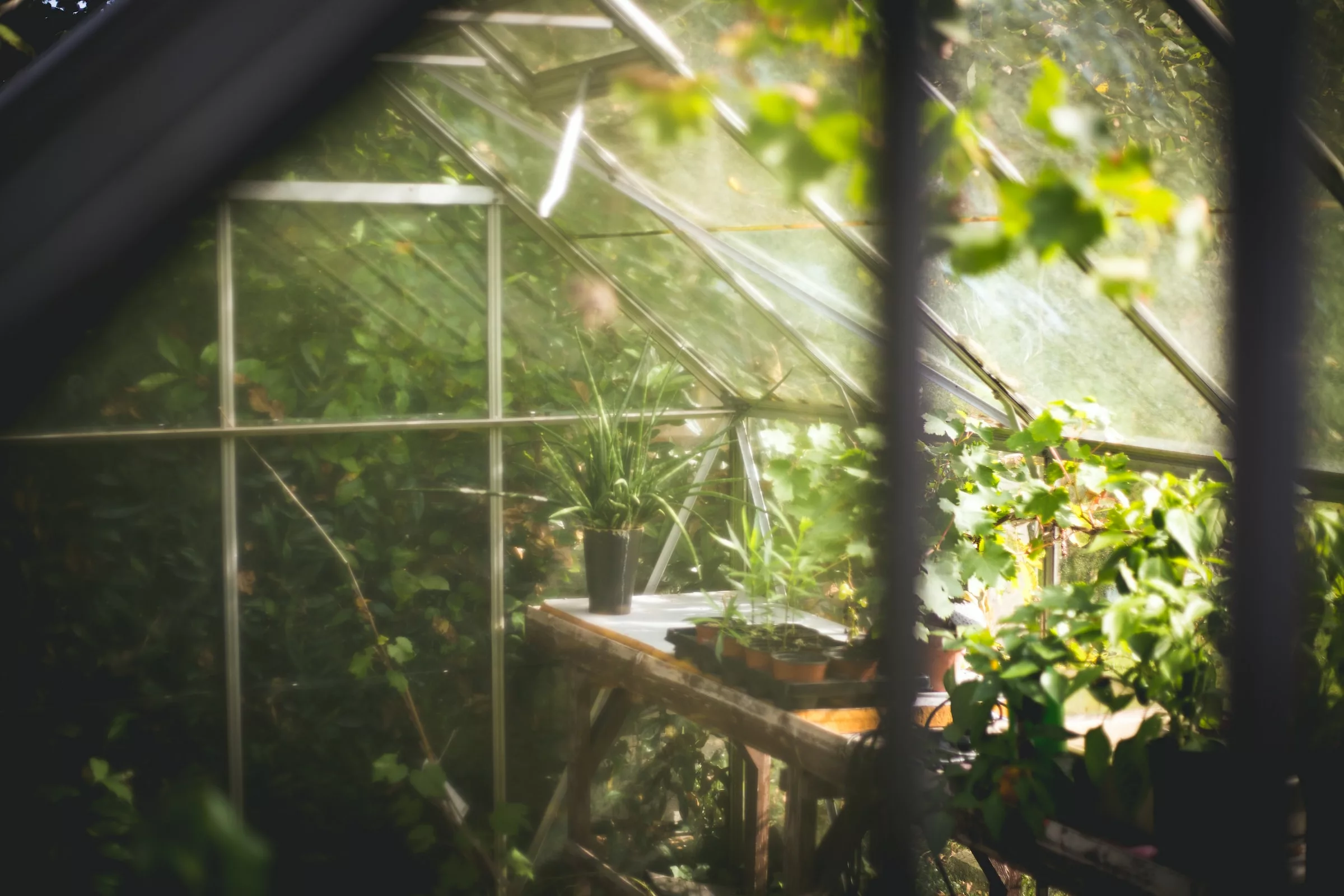Permaculture principle of creating microclimates applies for smaller spaces, too. Small gardens can often feel restricted in terms of plant selection and growth potential. However, by understanding and leveraging the concept of microclimates, even small-scale gardeners can create a thriving and productive garden.
In this article, we will discuss what microclimates are, how they can be applied to small gardens, and share tips for creating your own microclimate success story.
What are Microclimates?
A microclimate is a localized area within a larger climate zone that has unique temperature, humidity, and wind conditions. These variations can be caused by a range of factors, such as topography, building structures, water sources, and vegetation. For gardeners, microclimates offer an opportunity to grow a diverse range of plants that may not typically thrive in the broader climate zone of their region.
Identifying Microclimates in Your Small Garden
To effectively utilize microclimates in your small garden, begin by observing and documenting the conditions in different areas of your outdoor space. Some factors to take note of include:
- Sunlight and shade patterns
- Wind levels and direction
- Areas with higher or lower humidity
- Soil moisture levels
- Temperature fluctuations
After gathering this information, you should have a clearer understanding of the subtle climate differences within your garden, which will inform your planting decisions and garden layout.
Tips for Utilizing Microclimates in Your Small Garden
- Choose the right plants for the right spot: Once you have identified the microclimates in your garden, select plants that are well-suited to those conditions. For example, plant shade-loving plants like ferns and hostas in a cooler, shaded area, and sun-loving plants like tomatoes and peppers in a sunny, south-facing location.
- Create cooler microclimates with man-made structures: Use structures like trellises, fences, and pergolas to create shade, decrease wind exposure, or provide support for climbing plants. These additions can help you create specific microclimates for different plants in your small garden.
- Creating warmer and protected microclimates using man-made structures: cold frames, greenhouses, or windbreaks, can greatly enhance your small garden’s success. These structures extend your growing season, capture heat and extend your growing season, allowing you to start seeds earlier in the year, grow heat-loving plants, or protect sensitive seedlings from seasonal fluctuations.
- Group plants with similar needs: To simplify your gardening tasks and maximize resources, group plants with similar water, sunlight, and soil needs together. This not only makes maintenance easier but also contributes to a more cohesive and balanced microclimate. This is usually referred to as interplanting.
- Utilize containers for flexibility: Container gardening allows you to create microclimates around individual plants, as you can move containers to different spots based on changing conditions, such as sunlight patterns or temperature shifts.
- Add a water feature to increase humidity: If you have plants that require more humidity, consider adding a small water feature like a fountain or pond to your garden. This will not only increase the humidity levels but also provide a tranquil focal point for your outdoor space.
- Use companion planting: We’ve dedicated an entire article to the topic of companion planting, but as a brief overview: employing taller plants can create much-needed shade for shorter, sun-sensitive species. Additionally, low-growing yet dense plants can act as natural ground covers, effectively minimizing water evaporation and loss, while maintaining optimal soil moisture.
Conclusion
By understanding and harnessing the power of microclimates in your small garden, you can expand your plant selection and create a lush and productive space. Observe the unique conditions in your garden, choose plants that will thrive in those conditions, and use structures, containers, and water features to modify and enhance your garden’s microclimates. With these strategies, you’ll be well on your way to small garden success!
Join Our Gardening Newsletter for More Tips
If you enjoyed reading this, don’t hesitate to subscribe to our newsletter for a wealth of gardening knowledge and insights. Stay up-to-date on the latest gardening trends, tips, and know-how, and make your green thumb even greener.



